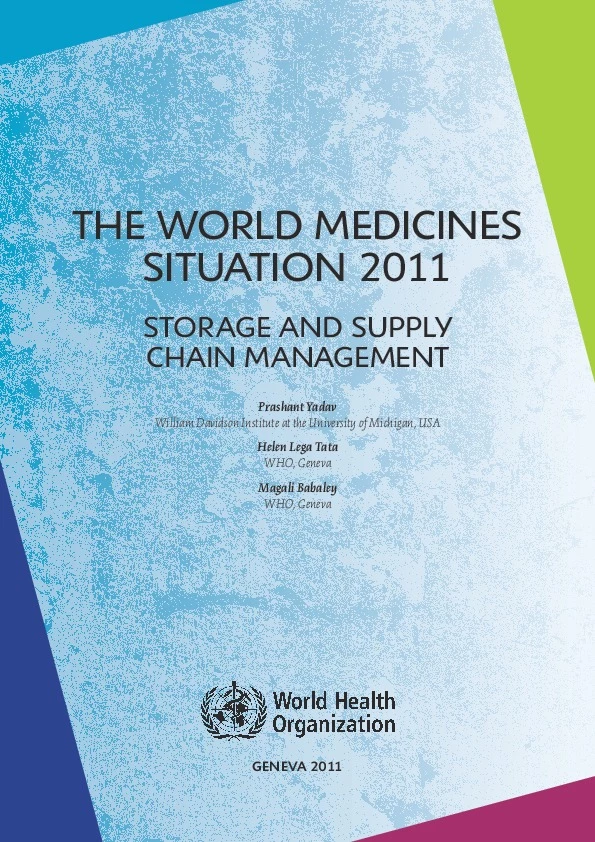World Medicines Situation Report 2011: Storage and Supply Chain Management
Add bookmark
SUMMARY
- Even though service levels at health facilities remain low, warehousing and distribution costs are a substantial part (up to 16%) of the medicines budget in low- and middle-income countries.
- A variety of institutional and physical structures involving public, private and nongovernmental organization actors exist for warehousing and distribution of medicines.
- Duplication and fragmentation still exist in the public sector distribution system due to vertical programme design but physical integration is under way in many countries.
- Governments are providing more autonomy to distribution organizations, such as the central medical stores. They are also contracting out transport to achieve efficiency and scope economies by consolidating loads from different clients destined for the same end-point whenever possible.
- Storage capacities and conditions are inadequate at the peripheral level in many countries.
- Many countries are shifting from push to pull distribution systems – thereby creating the need for health facility data for distribution planning and ordering.
- Distribution in the private sector is effective, except in remote areas, but the distribution margins are often very high. There is increasing pressure on these distribution margins, resulting in consolidation in many countries.
- Singular government-run medicine distribution systems are slowly giving way to pluralistic distribution structures where the private sector wholesalers and distributors play a stronger role.
- Sustained investments and increased efficiency are needed to make distribution systems effective and sustainable in the public and private sectors.
| Have Your Say Rate this feature and give us your feedback in the comments section below |
















